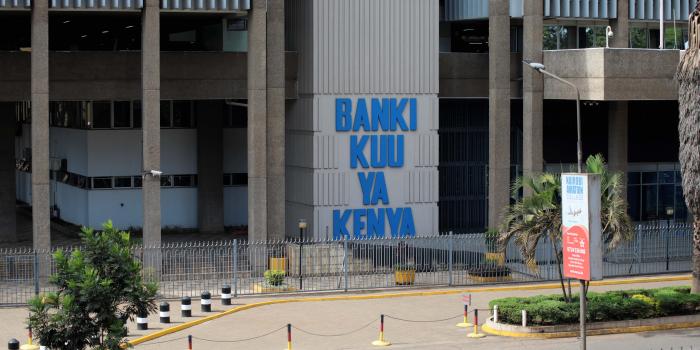During the week, the Kenyan shilling depreciated marginally by 0.1 percent against the US dollar to close the week at 113.0, from 112.9 recorded the previous week, mainly attributable to increased dollar demand from the oil and energy sectors.
Key to note, this is the lowest the Kenyan shilling has ever depreciated against the dollar. On a YTD basis, the shilling has depreciated by 3.5 percent against the dollar, in comparison to the 7.7 percent depreciation recorded in 2020.
Pressure on the shilling will continue coming from the rising uncertainties in the global market due to the Coronavirus pandemic, which has seen investors continue to prefer holding their investments in dollars and other hard currencies and commodities.
Increased demand from merchandise traders as they beef up their hard currency positions in anticipation of more trading partners reopening their economies globally will continue hitting the shilling.

The widening current account deficit which stood at 5.4 percent of GDP in the 12-months to October 2021 compared to the 4.8 percent of GDP in the 12 months to October 2020 attributable to a higher import bill which offset increased receipts from agricultural and services exports and remittances.
Rising global crude oil prices are on the back of supply constraints at a time when demand is picking up with the easing of COVID-19 restrictions and as economies reopen. Key to note, risks abound this global recovery following the emergence of the new COVID-19 Omicron variant.
The shilling is however expected to be supported by the Forex reserves, currently at USD 8.6 bn (equivalent to 5.3-months of import cover), which is above the statutory requirement of maintaining at least 4.0-months of import cover, and the EAC region’s convergence criteria of 4.5-months of import cover.
Key to note, the forex reserves have been steadily declining and are currently at a 3-month low. In addition, the reserves were boosted by the USD 1.0 bn proceeds from the Eurobond issued in July 2021 coupled with the USD 407.0 mn IMF disbursement and the USD 130.0 mn World Bank loan financing received in June 2021.
Improving diaspora remittances evidenced by a 24.2% y/y increase to USD 320.1 mn in November 2021, from USD 257.7 mn recorded over the same period in 2020, which has continued to cushion the shilling against further depreciation.







946884 922253Wonderful write-up mate, keep the excellent function, just shared this with ma friendz 584556
121819 327466Wow, great weblog layout! How long have you been blogging for? you make blogging look effortless. The overall appear of your web site is wonderful, let alone the content material! 541541
827413 115753Absolutely nothing better than Bing locating us a very good site related to what I was looking for. 506542
870321 284800You must participate in a contest for among the top blogs on the internet. I will suggest this internet site! 194988
341414 621770Music began playing anytime I opened this site, so irritating! 304418
This can be annoying when your relationships are disrupted and her phone cannot be tracked. Now you can easily perform this activity with the help of a spy app. These monitoring applications are very effective and reliable and can determine whether your wife is cheating you.
Monitor phone from anywhere and see what’s happening on target phone. You will be able to monitor and store call logs, messages, social activities , images , videos, whatsapp and more. Real-time monitoring of phones, No technical knowledge is required, no root is required.
Much thanks! It a outstanding web site! diproex rezeptfrei online bestellen Schweiz
Truly….such a helpful websites. promethazine zonder voorschrift hoge prijs